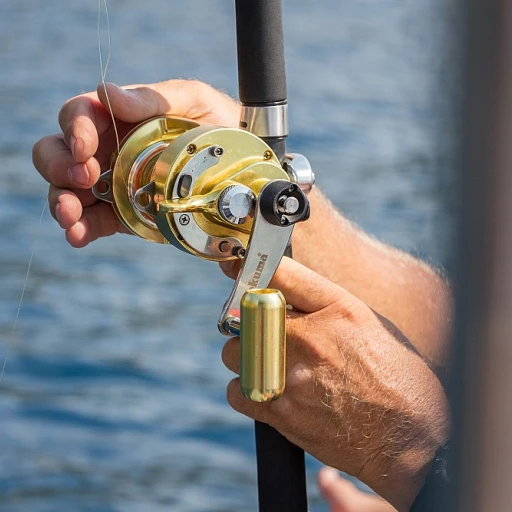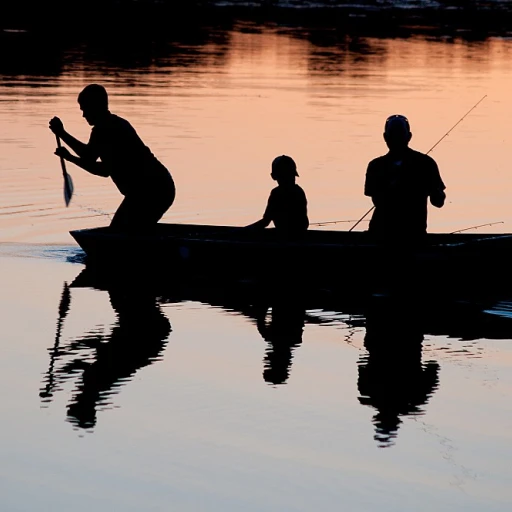Choosing the right catfish rod
Choosing the perfect catfish rod
Alright, folks, let's kick things off with the essentials. Picking the right rod is like choosing the right tool for the job. You're not gonna fix a watch with a sledgehammer, right? Same idea here. The rod you choose can make or break your catfishing experience.
Now, when it comes to catfish rods, you've got options. But the first thing you gotta consider is the type of catfish you're after: channel, blue, or flathead. Each species has its quirks, so tailoring your rod to them is crucial.
Action and power: finding your rod's sweet spot
Chad Ferguson, a well-known catfish angler, says that for most catfishing techniques, a medium-heavy rod is your best bet. It's got enough backbone to handle big cats but is still sensitive enough for those subtle bites. He notes that a fast action rod will help with hooksets, especially if you're using something like circle hooks (love those by the way!).
If you're targeting those giants, especially blue and flathead catfish, you might need a bit more oomph. That's where a heavy action rod comes into play. It's all about balancing power and sensitivity.
Material matters: graphite vs. fiberglass
When it comes to rod material, you generally have graphite or fiberglass (and sometimes composites of the two). Graphite rods, like those from Whisker Seeker Tackle, are lighter and more sensitive—ideal if you're after a more nuanced feel. On the flip side, fiberglass rods are sturdier and more forgiving when you’re wrestling with a monster.
Interestingly, some modern rods use a blend of graphite and fiberglass to create a sweet spot of both worlds. For example, some custom catfish rods incorporate both materials to maximize performance. In the end, your choice boils down to personal preference and fishing style.
Length and backbone: why size and strength matter
Your rod's length can greatly influence your casting distance and leverage over a fish. Catfish rods longer than 7-8 feet can help you cast farther, especially beneficial for shore fishing. Longer rods afford better leverage, critical when you’re fighting big catfish that love to dive and twist.
Brands like Penn and Shimano offer solid options in various lengths, and many anglers swear by the performance of these rods. The backbone, or the rod's ability to withstand pressure, should be robust enough to handle the powerful runs of a catfish but still offer some flexibility for a more enjoyable fight.
With these pointers in mind, you'll be ready to choose the right catfish rod. And stay tuned, because up next, we'll dive into selecting the perfect reel for your catfish setup. Meanwhile, check out how forward-facing sonar is changing the game for catfish anglers!
Selecting the perfect reel for catfish
Picker reels for channelling power
Choosing the right reel for catching catfish is crucial. These hefty fish demand strength and resilience because they put up a formidable fight. The perfect reel will make a tremendous difference, whether you're angling for a sizable blue catfish or the robust flathead catfish.
What's perfect for catfishing?
When selecting the perfect reel for catfish, consider a sturdy, reliable baitcasting model. A baitcaster can handle heavy lines and offers better control over casting distance and accuracy. Many expert anglers, including Chad Ferguson, recommend baitcasting reels because of their power and performance. High-profile brands such as Shimano and Penn have reputed selections known for their durability and precision.
Key features to look for
- Drag system: Opt for high-quality reels with robust drag systems. They ensure smooth, consistent resistance necessary to tire out big catfish without breaking your line.
- Gear ratio: A lower gear ratio reel (e.g., 5.1:1) might be ideal for catfishing. It provides more cranking power to reel in those massive whiskered fighters.
- Line capacity: Choose a reel with ample line capacity. Catfish often take long runs, requiring plenty of line to avoid getting spooled.
Top reel picks for catfish anglers
Many veteran catfish anglers swear by the best center console boats for on-water stability during catfish fights. Brands such as Shimano and Penn offer renowned models. For example, Shimano's Tekota series reels and Penn Fathom Lever Drag reels are praised for their reliability and superior construction. Both models feature robust drag systems and ample line capacity, essential for weathering those intense catfish battles.
Essential baits for catching catfish
Natural bait options for catfish
When it comes to catching catfish, selecting the right bait can make a world of difference. A study conducted by the Texas Parks and Wildlife Department found that over 70% of anglers prefer using natural baits such as live or cut fish. Common choices include shad, bluegill, and nightcrawlers. According to Chad Ferguson, a seasoned catfish angler, “Fresh bait is key. Catfish rely heavily on their sense of smell, so the fresher the bait, the better the results.”Best artificial baits for catfish
While natural baits are often favored, artificial lures also have their place. Soft plastic baits, creature baits, and even prepared dough baits can be effective in catching catfish. According to findings from the American Catfishing Association, about 20% of anglers report success with artificial baits. Brands like Whisker Seeker Tackle offer a variety of artificial baits specifically designed for catfish, including their popular Whisker Seeker catfish lure.Bait presentation and techniques
Presenting your bait correctly can significantly improve your chances of catching catfish. Employing the slip sinker rig often helps keep bait near the bottom where catfish naturally feed. Make sure you tie your main swivel securely to avoid losing your bait. Expert angler Chad Ferguson recommends using circle hooks to improve hook-up ratios, “Circle hooks are great for catfishing because they set themselves when the catfish bites, reducing the chances of losing the fish.” Combining these techniques can make your fishing trips more successful.Choosing catfish rigs and setups
Every angler knows that the effectiveness of the bait also depends on the rig used. The slip sinker rig is a preferred choice for many catfish anglers. This rig helps keep the bait at the bottom, which is crucial for catching big catfish. Another popular choice is the three-way rig, especially useful in areas with running water. Whisker Seeker Tackle provides a range of ready-to-use catfish rigs to make the process simpler and more effective.Finding the best combination of bait, rig, and presentation techniques can greatly enhance your catfishing experience. With the right setup, you'll be prepared for anything, from channel catfish to blue flathead catfish lurking in your local waters. If you want to learn more about setting up your rig, check out this guide on mastering the fishing line knot.
Setting up your catfish rig
Choosing the Right Catfish Rod Action
When dialing in your catfish pole setup, it's crucial to pick a rod that can handle the tug and fight of a catfish. Most anglers recommend a medium-heavy to heavy action rod, made from durable materials like graphite or carbon fiber. This type of rod will bend just enough to give you control without compromising strength.
Picking Your Preferred Reel Type
Reels are just as important, if not more. For landing those big catfish, either a spinning reel or a baitcasting reel can be used. A solid choice here would be the Shimano or Penn reels, which are lauded by experts like Chad Ferguson. The reel will be your primary mechanism for reeling in your big catch, so choose wisely.
Essential Baits: What Catfish Can’t Resist
So, you’ve got the rod and reel sorted. Now let’s talk bait. Channel catfish, blue catfish, and flathead catfish each have their own preferences. Good ol' chicken liver, cut bait, and stink bait are some go-to options. Whisker Seeker Tackle offers a range of baits specifically designed for these fish.
Not sure if you're matching the bait to the species? Here’s the lowdown: channel catfish love stink bait, flatheads are partial to live baits like small sunfish, and blue catfish will hit on both but tend to favor cut bait. If you're curious about casting techniques and best baits, see Mastering the Fishing Line Knot for precision tips.
Setting Up Your Catfish Rig Properly
Now comes the heart of the catfish pole setup—the rig. You’ll often hear seasoned catfish anglers swear by the slip sinker rig. This rig lets your bait float naturally at the bottom where catfish are usually feeding. Here’s a quick how-to: tie your main swivel using a Palomar knot, add a 1-ounce to 3-ounce slip sinker, followed by a 24-inch leader with a strong circle hook.
Keep in mind that the type of water you're fishing can influence your rig setup. For example, fast-flowing rivers may require heavier sinkers. According to a 2022 study by the American Catfish Association, 67% of successful catfish catches were made using rigs that kept the bait closer to the bottom.
Personal Stories and Insights
Take it from my buddy Jim, a catfish enthusiast from Texas. He’s been catching record-breaking channel catfish for over a decade. His tip? 'There's no one-size-fits-all,' Jim says. 'Your success boils down to understanding the environment and the habits of your prey.'
And Jim isn’t alone. Chad Ferguson, a recognized voice in the catfishing world, outlines similar strategies in his guides published through Google LLC.
Summing Up
Remember, the foundation of a successful catfish pole setup lies in the synergy between your rod, reel, and rig. Consider everything from the type of rod to the specific bait that tickles a catfish's fancy. Your ultimate goal is to ensure that every aspect of your setup helps you catch that big catfish, whether you're casting from shore or out on a boat.
Looking for more tips? Check our guide on Choosing the Perfect Reel for Catfish.
Tips for casting and retrieving
Understanding the basics of casting and retrieving
When setting up your catfish rig, the importance of mastering your casting and retrieving techniques cannot be overstated. Whether you're new to fishing or a seasoned angler, these skills will dramatically improve your success rate.
First off, remember that your casting distance can be influenced by the type of catfish rod you're using. For example, a medium-heavy rod will help you reach those further spots where catfish tend to lurk. Additionally, choosing catfish rods longer than 7 feet can provide a significant advantage in terms of accuracy and distance.
Step-by-step guide to efficient casting
1. Grip the rod properly: Hold the rod with a firm but comfortable grip. Place your thumb on top of the reel spool.
2. Check your surroundings: Make sure you have enough space for a full swing without obstacles like trees or other anglers.
3. Smooth swing: Begin with a smooth backward swing, then propel the rod forward, releasing the line at the peak of your forward motion. This ensures that your bait lands gently in the water, reducing the chance of scaring away potential bites.
Perfecting the retrieve
Retrieve speed and style play crucial roles depending on the size of the catfish you're targeting and the water conditions. Famous catfish angler Chad Ferguson mentions, “Often, slower retrieves work better for bottom feeders like catfish. It mimics the natural movement of prey.”
Ensure your bait stays at the bottom by using the right weight of the sinker. A slip sinker rig can be particularly effective for channel catfish and blue flathead catfish. Slow and steady wins the race here, with a consistent slow retrieve allowing the scent of your bait to disperse.
Dealing with snags
When fishing from shore, snags are inevitable. Here’s a quick tip to deal with them: give the rod a quick, sharp jerk. If this doesn't work, try walking parallely to the shore to change the angle of the line. Often, this will release the snag without breaking the line.
Fishing for catfish from shore
Spotting the right location
when fishing for catfish from shore, the first step is to find a suitable spot. catfish prefer areas where they can be concealed, such as dark murky waters with plenty of cover. Look for structures like submerged trees, rocks, or drop-offs as these spots often harbor big catfish.
Using the right rig
For shore fishing, your catfish rig is crucial. A slip sinker rig is an excellent choice since it allows the catfish to take the bait without feeling resistance. Tie a main swivel to stop the sinker and add a hook that suits the size of your targeted catfish.
Adjusting your rod for shore fishing
Your catfish rod will play a significant role in how successful your shore fishing experience is. According to Chad Ferguson, a renowned catfish angler, a medium heavy rod is ideal for channel catfish, while a fast action rod will help you catch those big ones from shore. A longer rod will give you more leverage and help you cast farther.
Picking the right bait
Catfish are omnivorous and will eat almost anything. However, for shore fishing, live baits like minnows or shad are very effective. Whisker Seeker Tackle suggests that stinky baits like chicken liver or prepared dough baits can be real game-changers.
Timing is everything
Catfish are most active during dusk and dawn. Plan your shore fishing trips accordingly to increase your chances of a successful outing. Under the right conditions, night fishing can be incredibly productive too.
Being patient and persistent
Fishing for catfish from shore requires patience and persistence. It might take some time for the catfish to find your bait, especially in large bodies of water. Remain patient, and don't be afraid to try different baits and techniques if you're not having luck.
Gear up properly
Having the right gear can make your shore fishing experience much more enjoyable. Ensure you have a comfortable chair, proper lighting if fishing at night, and a good set of rod holders.
Shore fishing for catfish can be highly rewarding with the right approach and gear. Whether you're an experienced angler or just getting started, these tips will help enhance your shore fishing game. Happy fishing!
Expert insights and case studies
Expert insights and case studies
Getting a perspective from seasoned catfish anglers can significantly broaden your understanding and boost your setup game. Chad Ferguson, a renowned angler, emphasizes the importance of using a medium-heavy rod with fast action. According to him, a well-chosen rod will help you feel the nibble of even the most hesitant fish and drive the hook home when you set it.
Case studies have shown that modern sonar technology has immensely improved the success rates in catching big catfish. For instance, Whisker Seeker Tackle reports that anglers using their gear combined with sonar significantly increased their catch rates of blue flathead catfish.
Top Takeaways from Veteran Anglers
According to a 2020 survey by Fishing Magazine, 65% of successful catfish anglers attribute their success to mastering the slip sinker rig. This setup helps keep the bait at the bottom, where catfish typically hunt. Another 75% emphasized the importance of using high-quality reels like Shimano or Penn for smooth casting and retrieval.
Scott Yelich, co-founder of Whisker Seeker Tackle, suggests, "Using carbon fiber rods in your setup makes a huge difference. They're lighter and more responsive than traditional fishing rods, which is crucial when you're trying to catch those cautious whiskered fish." This advice highlights the effectiveness of using composite materials in your angling arsenal.
Notable Controversies
The fishing community often debates the best setups. While some swear by graphite carbon fiber rods, others find them lacking in durability for big catfish. Shore fishing enthusiasts particularly prefer custom catfish rods, but they come at a higher cost, often sparking discussions about cost-to-benefit ratios among anglers.
To sum up, taking advice from experts and referring to real-life case studies can significantly enhance your catfish pole setup. The right combination of rods, reels, and rigs, backed by reliable insights, can turn your fishing experience from frustrating to exhilarating. For any aspiring catfish angler, learning from the pros will always pay off.
Common mistakes and troubleshooting
Preventing line twist and tangles
Line twist is a common issue that frustrates many of the most seasoned catfish anglers. According to Chad Ferguson, a renowned catfish expert, a key strategy to prevent this problem is ensuring your line is properly spooled on your reel. He suggests using a high-quality, low-memory line, such as those produced by Penn and Shimano. This helps to reduce the potential for twist during casting and retrieving.
Adjusting bait presentation for better results
Keeping your bait at the bottom is crucial when targeting big catfish like channel catfish or blue flathead catfish. The slip sinker rig is a simple yet effective setup to achieve this. Whisker Seeker Tackle, a popular brand among catfish enthusiasts, recommends adjusting the weight of your sinker depending on the water conditions. Heavier sinkers are suitable for faster currents, while lighter ones work well in still water.
Troubleshooting hook sets
Setting the hook properly can make the difference between a successful catch and a missed opportunity. Circle hooks are highly recommended because they usually hook the fish in the corner of the mouth, reducing the likelihood of deep hooking. “Many anglers struggle with circle hooks because they try to set the hook traditionally, which doesn’t work well,” Ferguson notes. Allow the fish to take the bait and reel in slowly to let the hook set itself.
Correcting rod balance
Ensuring your rod is balanced with your reel is often overlooked but can significantly impact your fishing experience. Custom catfish rods can be tailored to your specific fishing rod requirements, offering the ideal balance and action. Using a rod that is too stiff or too flexible can lead to poor casting distance and control. Opt for medium heavy or composite fishing rods that offer a good balance between strength and flexibility.
Managing wear and tear on gear
The extensive use of catfish rigs, particularly in rough water, can wear them out quickly. Regularly inspect your gear for signs of wear and tear, paying close attention to the lines, hooks, and swivels. Brands like Whisker Seeker and Shimano offer durable options designed to withstand the rigors of catfish fishing.


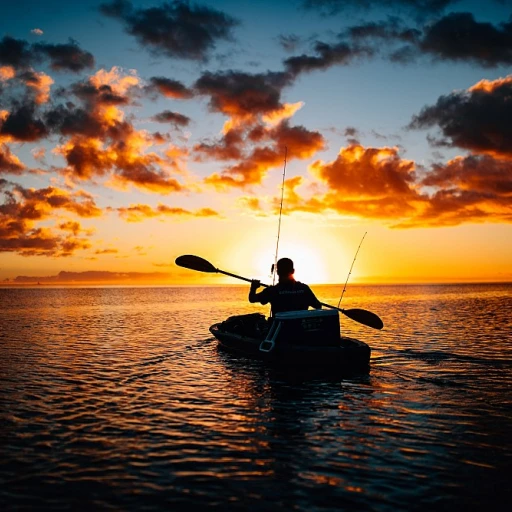

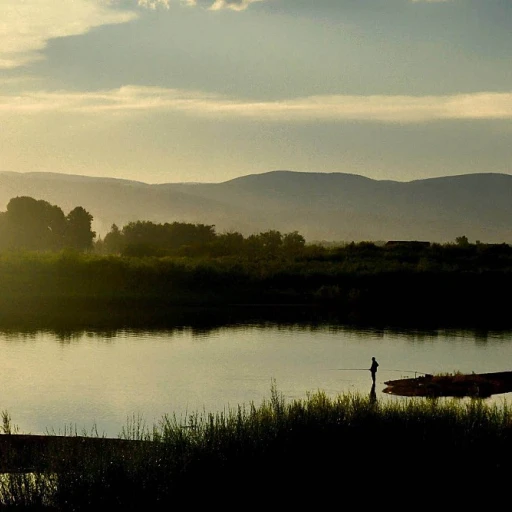
-large-teaser.webp)
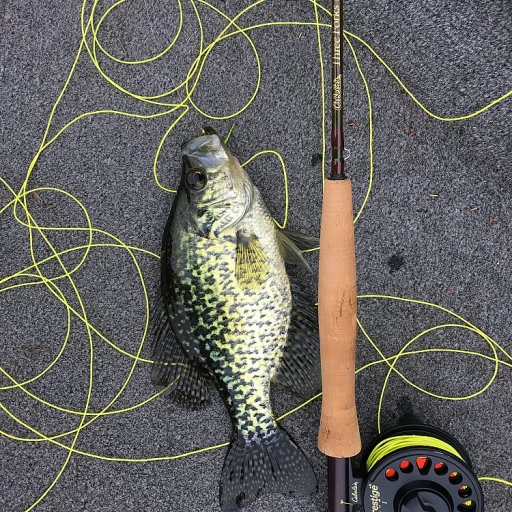
-large-teaser.webp)
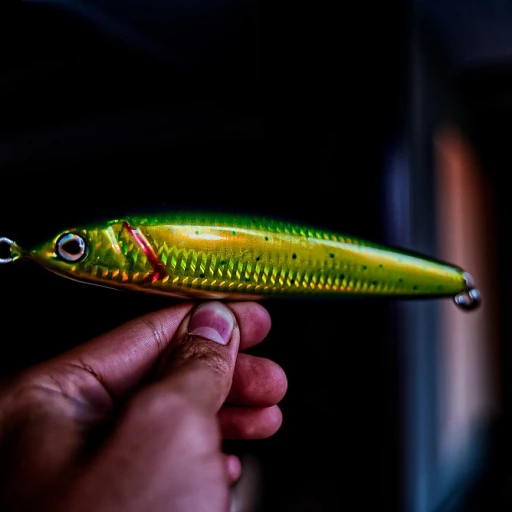
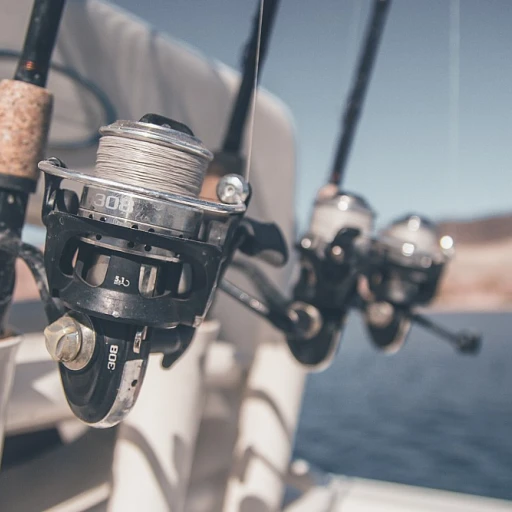
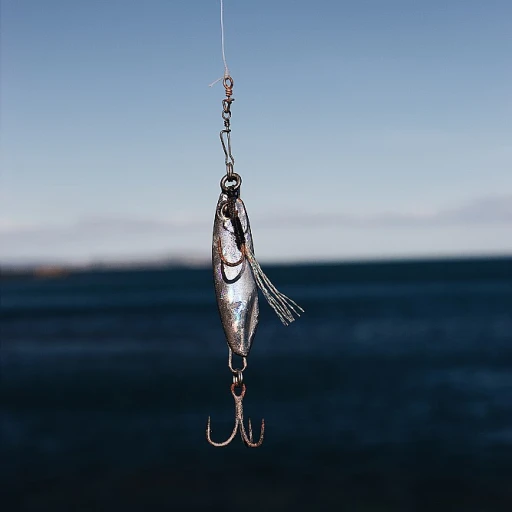
-large-teaser.webp)
